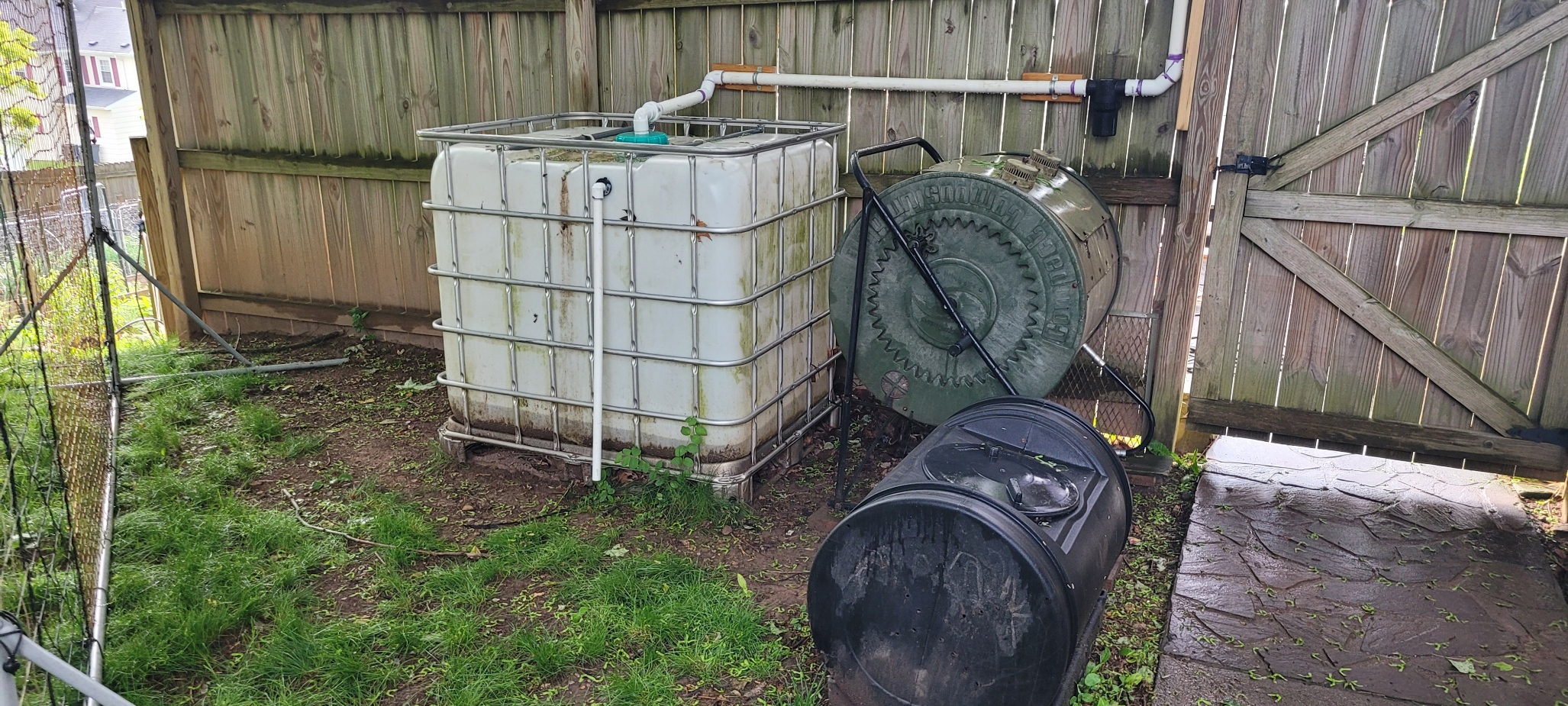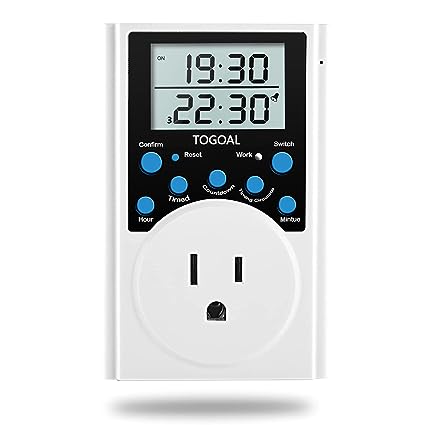so im out in the SF bay area, central bay area. hasnt been farming around here for close to 100 years. nonetheless, as we started clearing out overgrown bushes and trees and crap from the yard at my new house- i found a 4" abs pipe sticking up out of a big concrete pad, with 4 threaded rods in it. looks like a pump pad.
so i'd like to be able to rig up the well to irrigate my lawn. i hit water 12 feet down, and there's something "solid" at about 25 feet- which i assume is the bottom of the well shaft. i'm going to try and pull up some water and send it over to ward lab for an analysis to make sure it isnt salty (we're about 1000ft from the bay).
assuming it comes back clean, what's my next step? i have no idea what the bottom of the well looks like- could be a gravel pack, could be a crappy plastic strainer, could be nothing but the 4" abs pipe just rammed into the bottom of the shaft. i guess i dont really have a way to find out do i? there's at least 12 feet of water in the shaft, and no light obviously. unless somebody has an underwater camera with lights that has a 25' extension not sure how i'd be able to tell whats down there at the bottom....
anybody have an idea of the best course of action here?
so i'd like to be able to rig up the well to irrigate my lawn. i hit water 12 feet down, and there's something "solid" at about 25 feet- which i assume is the bottom of the well shaft. i'm going to try and pull up some water and send it over to ward lab for an analysis to make sure it isnt salty (we're about 1000ft from the bay).
assuming it comes back clean, what's my next step? i have no idea what the bottom of the well looks like- could be a gravel pack, could be a crappy plastic strainer, could be nothing but the 4" abs pipe just rammed into the bottom of the shaft. i guess i dont really have a way to find out do i? there's at least 12 feet of water in the shaft, and no light obviously. unless somebody has an underwater camera with lights that has a 25' extension not sure how i'd be able to tell whats down there at the bottom....
anybody have an idea of the best course of action here?



















![Craft A Brew - Safale S-04 Dry Yeast - Fermentis - English Ale Dry Yeast - For English and American Ales and Hard Apple Ciders - Ingredients for Home Brewing - Beer Making Supplies - [1 Pack]](https://m.media-amazon.com/images/I/41fVGNh6JfL._SL500_.jpg)









































